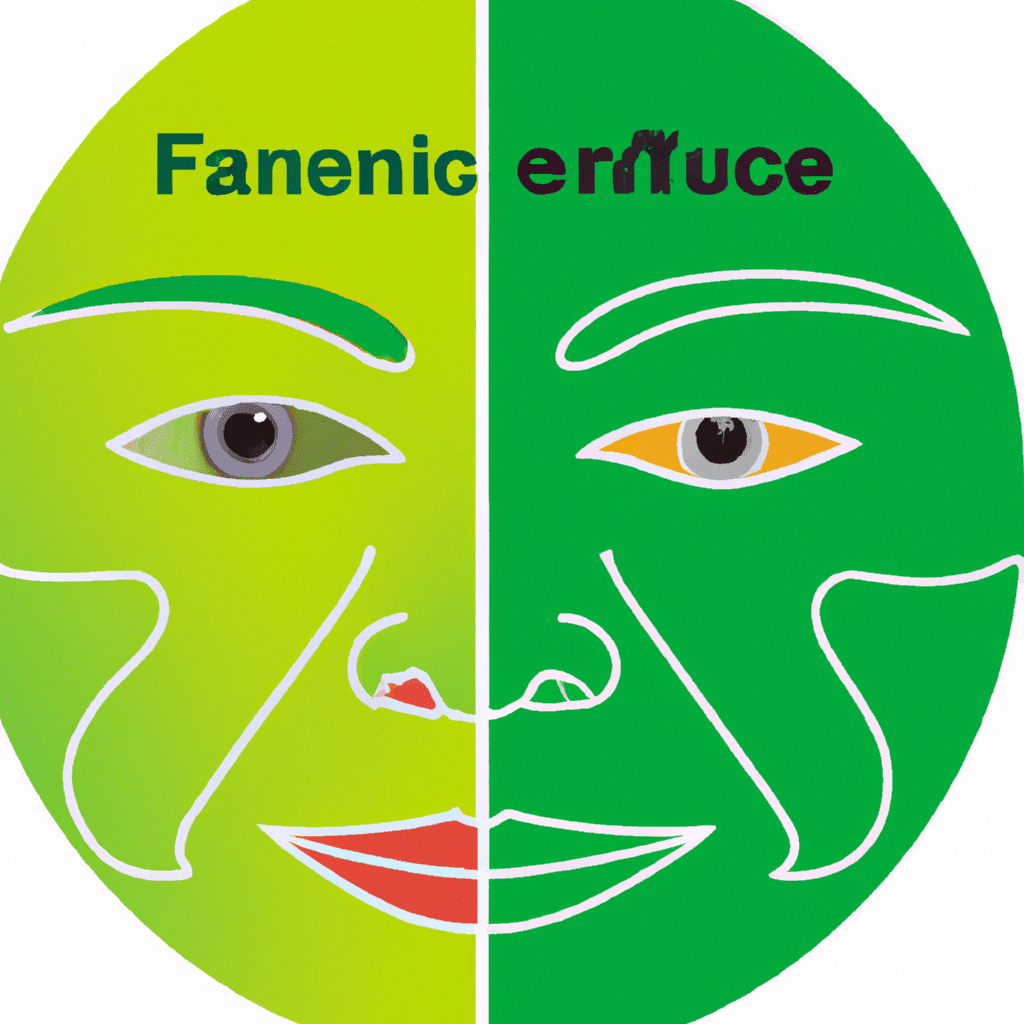The Benefits and Drawbacks of Using Facial Recognition Technology
Facial recognition technology has become an increasingly popular topic in recent years. It is a form of artificial intelligence that uses biometric data to identify people through their facial features. This technology has a wide range of applications, from security surveillance to marketing research. However, it also raises concerns about privacy and potential misuse. In this article, we will explore the benefits and drawbacks of using facial recognition technology.

Benefits of Facial Recognition Technology
Improved Security
Facial recognition technology has been widely used in security surveillance systems, such as airports, train stations, and public areas. It can quickly identify individuals and match them against a database of known criminals or suspects. This can help law enforcement agencies to prevent crimes and track down suspects more effectively.
Enhanced Customer Experience
Facial recognition technology can also be used to enhance customer experience in various industries. For example, in the hospitality industry, hotels can use facial recognition technology to recognize guests and personalize their services. This can improve customer satisfaction and loyalty.
Time-Saving and Convenience
Facial recognition technology can also save time and improve convenience in various ways. For example, it can be used to replace traditional login methods, such as passwords or PINs. This can save time and make the login process more convenient for users.
Drawbacks of Facial Recognition Technology
Privacy Concerns
Facial recognition technology raises serious privacy concerns. It can track people’s movements and activities without their knowledge or consent. This can be used for surveillance purposes and can lead to a violation of privacy rights.
Inaccuracy and Bias
Facial recognition technology is not always accurate, and it can produce false positives or false negatives. This can lead to wrongful arrests or other consequences. Moreover, facial recognition technology can be biased against certain groups of people, such as people of color or women. This can result in discrimination and injustice.
Potential Misuse
Facial recognition technology can also be misused for unethical purposes, such as stalking, harassment, or identity theft. Moreover, it can be used by authoritarian regimes to suppress dissent and violate human rights.
Conclusion
Facial recognition technology has both benefits and drawbacks. While it can improve security, enhance customer experience, and save time, it also raises serious privacy concerns, can be inaccurate and biased, and can be misused for unethical purposes. Therefore, it is important to use facial recognition technology responsibly and ethically, and to regulate its use to protect people’s privacy and human rights.












